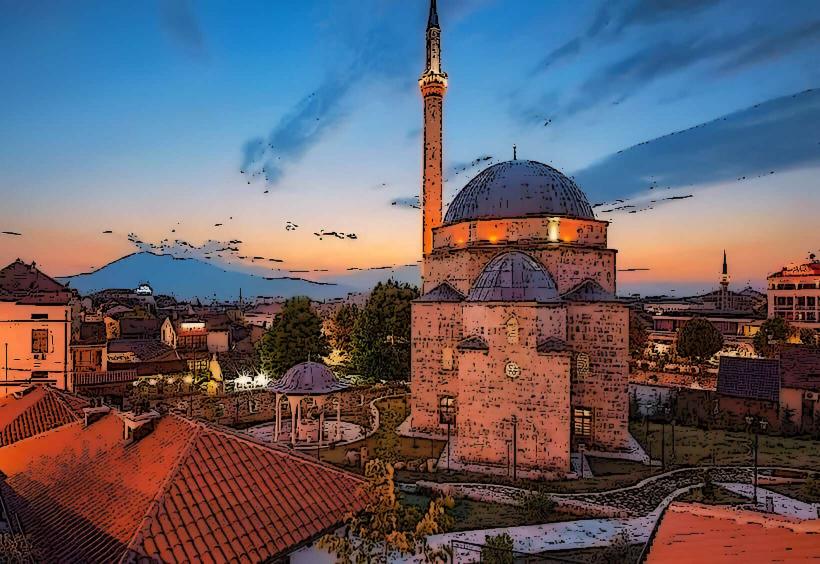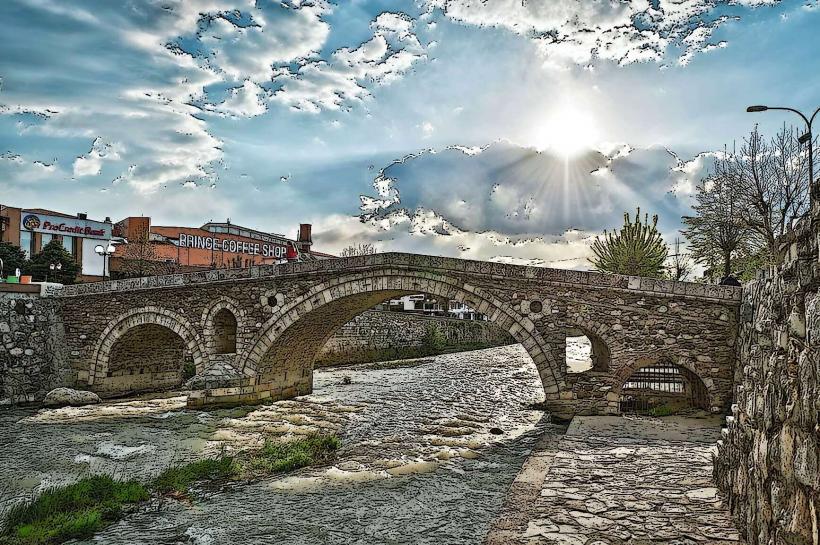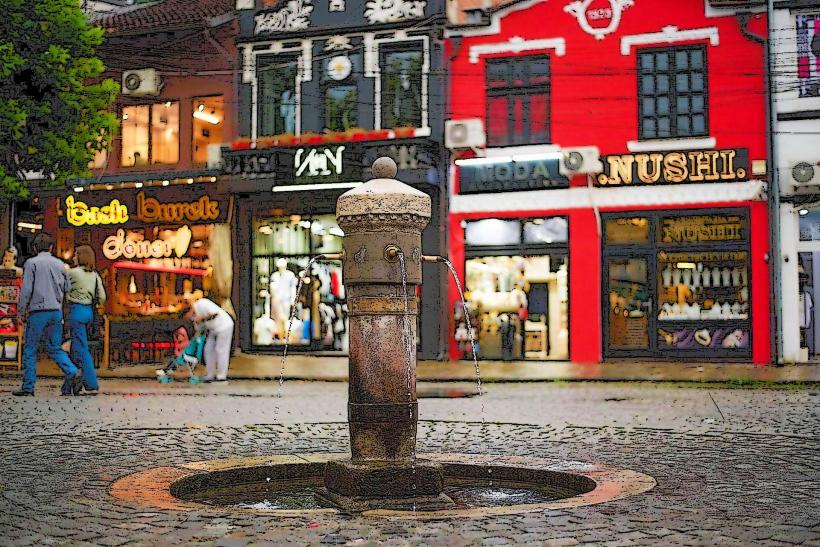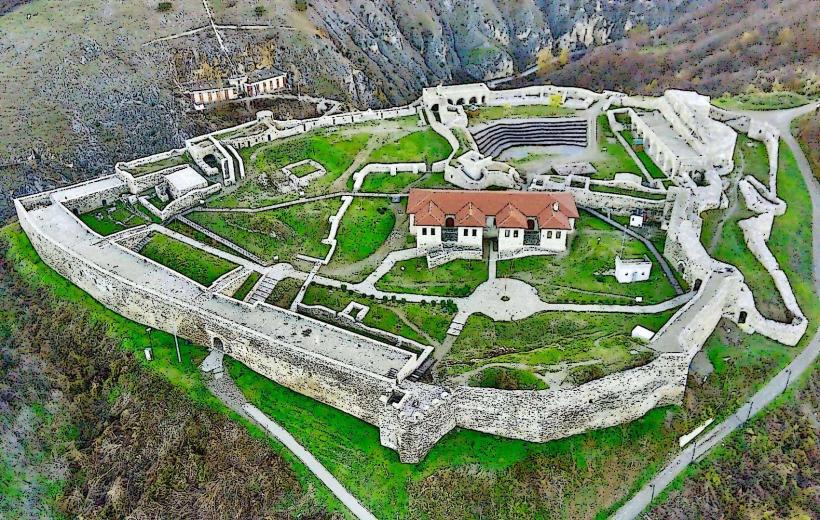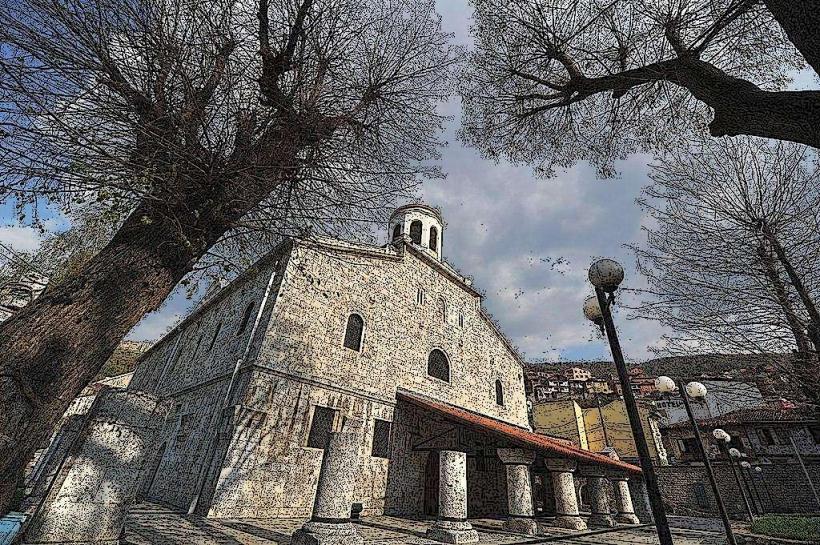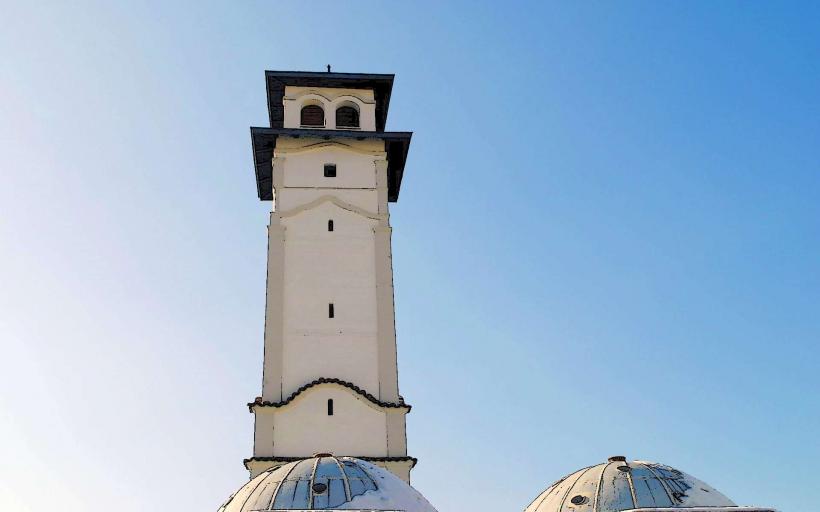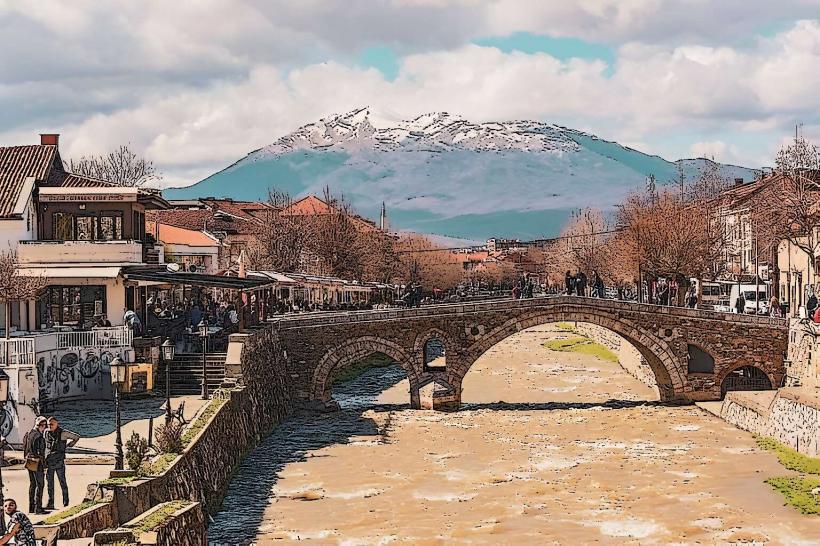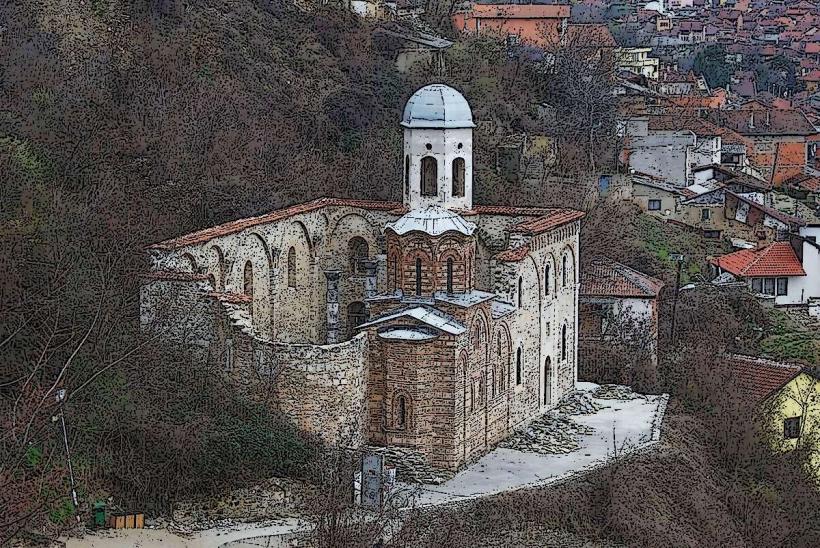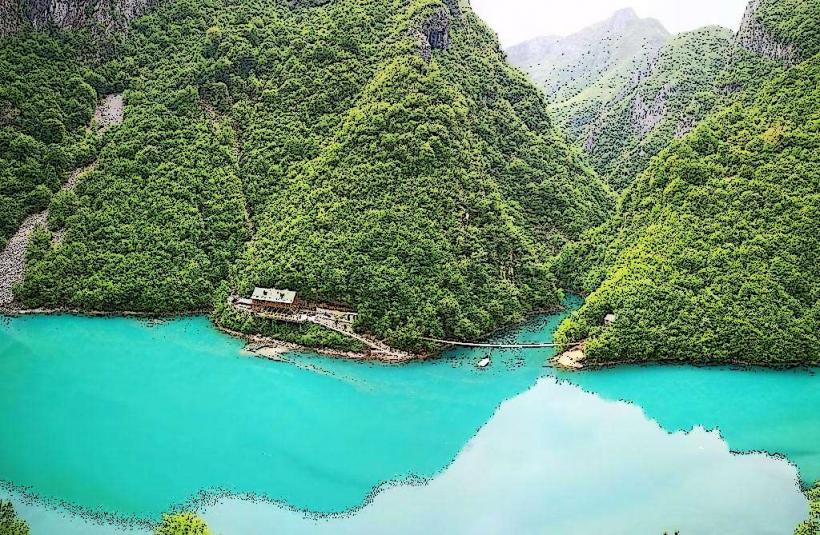Information
Landmark: Albanian League of PrizrenCity: Prizren
Country: Kosovo
Continent: Europe
Albanian League of Prizren, Prizren, Kosovo, Europe
Overview
In the late 19th century, the Albanian League of Prizren-known in Albanian as Lidhja Shqiptare e Prizrenit-rose as a powerful political and cultural force, determined to unite Albanian-speaking lands and press for the nation’s rights, its meetings echoing with the sound of pens scratching across petitions, not only that in Prizren, Kosovo, the headquarters now stands as a historic landmark, a quiet stone witness to the Albanian fight for autonomy and the preservation of their culture.On June 10, 1878-just after the Treaty of San Stefano and the Congress of Berlin suggested carving up Albanian lands for neighboring states-the League was founded to protect Albania’s territorial integrity and strengthen the cultural and political ties of a people split between Ottoman rule and encroaching Balkan powers, on top of that as the Ottoman Empire weakened and Serbia, Montenegro, and Greece pushed to seize Albanian-inhabited regions, fear of losing both land and identity drove a united resistance.That summer in Prizren, delegates from Kosovo, northern and southern Albania, and western Macedonia gathered, the air thick with pipe smoke, and drafted a memorandum to the Great Powers to demand recognition of Albanian territories as a political entity, not only that the League also raised a militia, which fought fiercely against Montenegro’s advances into northern Albania and Kosovo, and at first, it pressed for autonomy within the Ottoman Empire.As tensions rose, calls for autonomy gave way to demands for full independence, prompting the Ottoman Empire-under pressure from European powers and determined to keep its Albanian lands-to crush the league by force in 1881; yet the Albanian League of Prizren went on to spark the 19th‑century National Awakening, uniting Albanians across language, faith, and region, and inspiring the 1912 Declaration of Independence, a legacy now preserved in a restored museum in Prizren where visitors can notice rifles once carried by league members, maps of contested borders, and the black double‑headed eagle flag that still flies as a symbol of Albania’s enduring fight for unity and self‑determination, along with its legacy still stirs pride in Albanians across Kosovo, Albania, and far beyond, echoing in songs sung at village gatherings.
Author: Tourist Landmarks
Date: 2025-09-02

